Learn to Take Care of your Dendrobium: Everything You Need
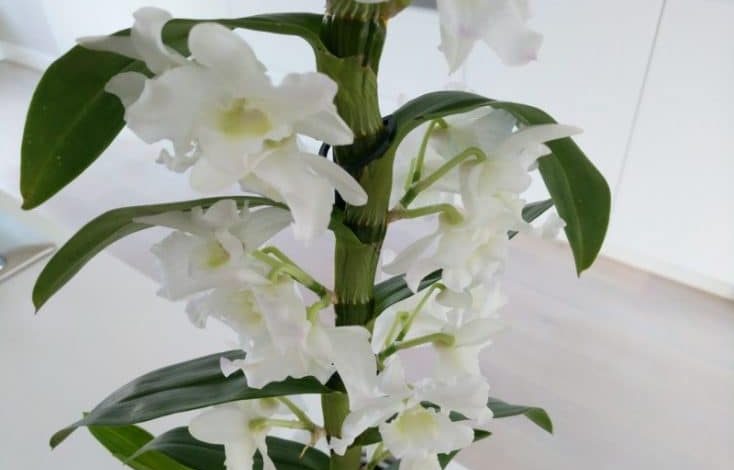
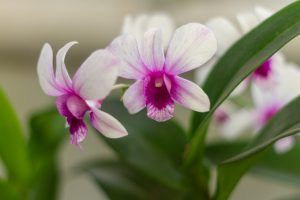 Within the entire family of orchids we find the genus Dendrobium, a set of species originating from a large area of Asia and part of Oceania.
Within the entire family of orchids we find the genus Dendrobium, a set of species originating from a large area of Asia and part of Oceania.
This group of orchids is one of the best known due to its simplicity, elegance, colors, its long flowering life, as well as the number of flowers that sprout from each cluster.
If you are looking for some growing tips, we invite you to read this brief guide on dendrobium care.
What soil needs do dendrobiums have?
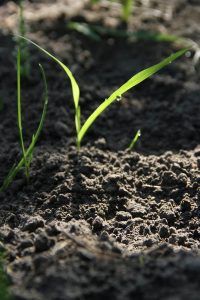 Dendrobiums are generally grown in pots with a substrate made up of medium and large particles, 2 to 3 centimeters in diameter.
Dendrobiums are generally grown in pots with a substrate made up of medium and large particles, 2 to 3 centimeters in diameter.
Which facilitate drainage, ventilation in the roots, as well as partial retention of moisture.
Some appropriate materials for the mixture can be pine bark, charcoal, coconut fiber or shell, volcanic gravel, crushed stone.
The materials can be used in equal parts and should always be based on the thickness of the roots.
How to make dendrobium grow strong and vigorous?
The species included in the Dendrobium genus are very numerous, so their cultivation conditions are somewhat heterogeneous. However, there are some common aspects that allow them to grow strong and vigorous, which we share with you below.
Pots and stands
Due to the fact that they are epiphytic or air plants, many growers recommend plastic and transparent pots or pots, since this way their roots can carry out the process of photosynthesis more easily.
On the other hand, it should be ensured that the size of the pot is small, with enough space for the plant to grow for 2 to 3 years at most. Its depth must be greater than its diameter to provide ventilation and drainage between the roots.
Temperature
Dendrobium varieties adapt easily to warm and temperate climates, but care must be taken with the latter, as they can affect the development of the plant.
As such, temperatures very similar to those that are comfortable for humans are recommended, between 26°C to 32°C during the day and 15°C to 18°C at night. They can withstand higher temperatures with increased humidity and increased ventilation, but temperatures below 10°C should be avoided.
Light
Light is an essential part of dendrobium care as it determines whether the plants will flower or not, and also ensures proper development and accumulation of nutrients. It should be enough so that the coloring of the leaves is a bright shade.
It is suggested to expose them to bright light, up to 50% sun, or in a window facing east or west, but never in direct sun. If there is high humidity and little wind, it is necessary to limit the light. If the temperature is high, it is better to reduce the lighting to half or a third.
Ventilation
The area in which the dendrobiums are located must be fully ventilated to reduce heat, prevent the accumulation of humidity and, therefore, fungal diseases. However, they must be protected from direct air currents.
Fertilization
This class of orchids do not require large amounts of nutrients since they obtain the necessary minerals from the water that drains through the organic matter. As a general rule, a balanced 20:20:20 fertilizer can be applied, diluted 50% of what is recommended.
This should be done once a week, or every 15 days, during the growth phase. It is important to stop fertilizing while it is not growing.
A special fertilizer known as bloom booster (3:12:6) can also be used prior to bud formation to stimulate flower production.
What humidity do dendrobiums need?
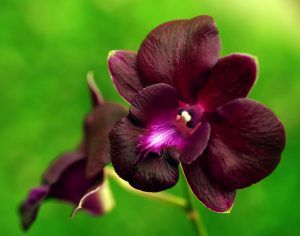 Dendrobiums need a relative humidity between 50% and 60%. One way to satisfy this need is to place the potted plant on gravel trays, partially filled with water.
Dendrobiums need a relative humidity between 50% and 60%. One way to satisfy this need is to place the potted plant on gravel trays, partially filled with water.
With regard to irrigation, the frequency will depend on the climate, the species, the stage of development, the light and air conditions, the substrate, the age and the time of year.
However, it is recommended to apply it 1 or 2 times a week in the morning, when the medium is almost dry.
Is it necessary to prune dendrobium?
Pruning is not an important aspect of dendrobium care. Rather, it is used as a cleaning and propagation measure which should be done at the end of the flowering season to remove wilted or yellowed flowers and stems.
How to prevent pests and diseases from appearing in dendrobium?
The first measure to prevent dendrobium from suffering from pathogens is to keep them healthy, for this it is important to take care of aspects such as humidity, lighting and fertilization, mainly.
However, any plant can be susceptible to pests and diseases. In the case of pests, dendrobium can be attacked by aphids, scale, mites, mealybugs, and slugs. To prevent its appearance, it is recommended to check leaves and stems weekly.
In relation to diseases, these orchids can be affected by Phytophthora, Pythium, Botrytis, Fusarium fungi, among others. Control measures include lowering humidity, removing damaged and infected parts, as well as the application of medications, such as benomyl.
conclusion
Dendrobiums are fascinating due to their shapes, colors and fragrances. Although they have been labeled as difficult to grow and delicate plants, they can be grown successfully as long as the right conditions are provided and the essential requirements are met.
Orchid cultivation is a very exciting activity that requires basic knowledge, but can be acquired with a little dedication. We hope that this guide with the main care of dendrobium will allow you to start your own collection.
Bibliographic references
- https://www.orquideaseva.com/en/care-for-dendrobium-PG105
- https://gulfcoastorchidalliance.org/wp-content/uploads/2019/11/dendrobiumSP.pdf
- https://www.sev.gob.mx/servicios/publicaciones/serie_paradocencia/ManualCultivoOrquideas.pdf
- http://indesol.gob.mx/cedoc/pdf/III.%20Desarrollo%20Social/Produccion%20de%20Alimentos/Las%20Orquideas%20y%20sus%20Cuidados.pdf
- https://gulfcoastorchidalliance.org/wp-content/uploads/2019/11/dendrobiumSP.pdf
Maybe you are also interested in:
- How often and how to water my orchids in winter?
- 6 Types and Varieties of Most Famous Orchids
- Fertilize Orchids: How, When and How Much? – Sow100
- White Orchid Care: [Soil, Moisture, Pruning and Problems]
- Phalaenopsis Orchid Care: [Soil, Humidity, Pruning and Problems]
- Orchid Care in Winter: [Soil, Pruning and Problems]
- Orchid Care: [Soil, Humidity, Pruning and Problems]
- Orchid Cuttings: [Grafts, Time, Rooting and Planting]
- Orchid Pests and Diseases: [Detection, Causes and Solutions]
- Types of Orchids: [Characteristics and Classification]

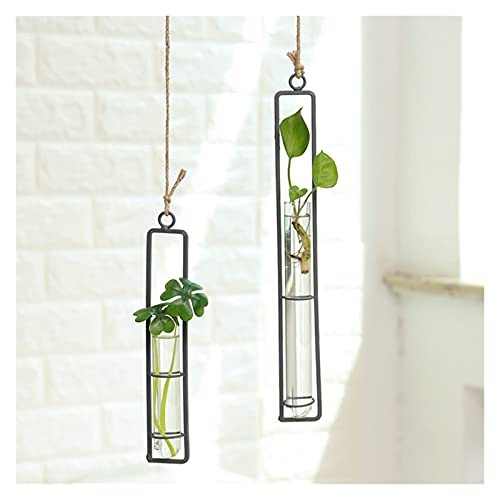
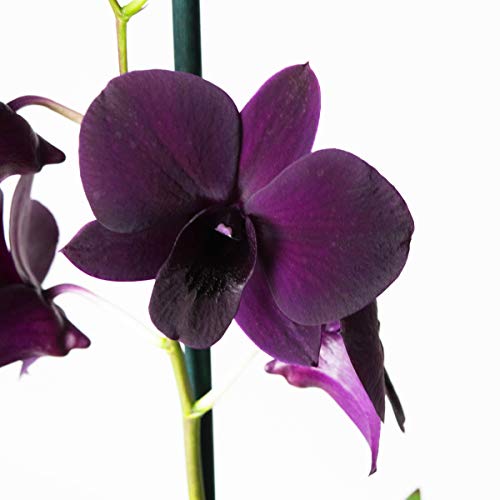
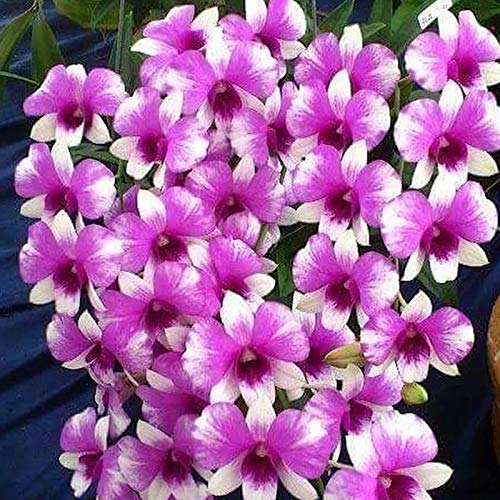
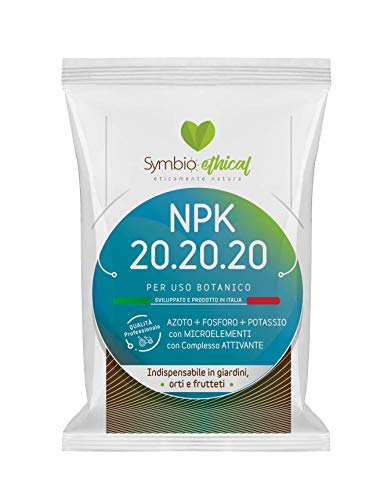
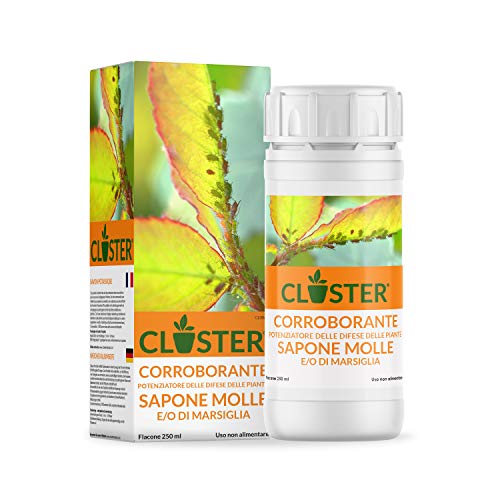
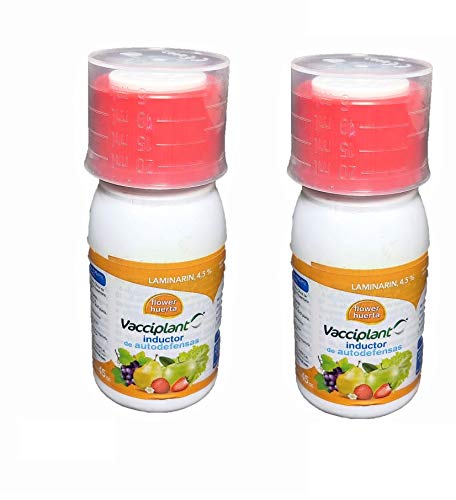
![Photo of Tipuana Tree: [Planting, Care, Irrigation, Pruning, Pests]](https://www.complete-gardening.com/wp-content/uploads/2022/08/tipuana-tree-planting-care-irrigation-pruning-pests-300x220.jpg)
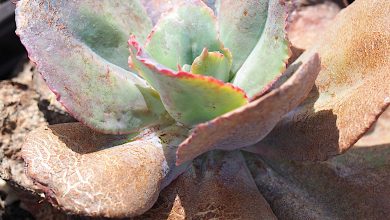
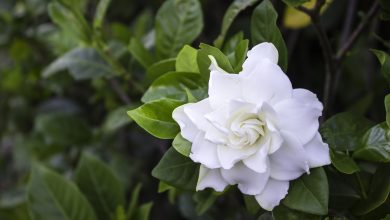
![Photo of Elaeagnus: [Characteristics, Care, Planting, Pruning and Problems]](https://www.complete-gardening.com/wp-content/uploads/2022/08/elaeagnus-characteristics-care-planting-pruning-and-problems-390x220.jpg)